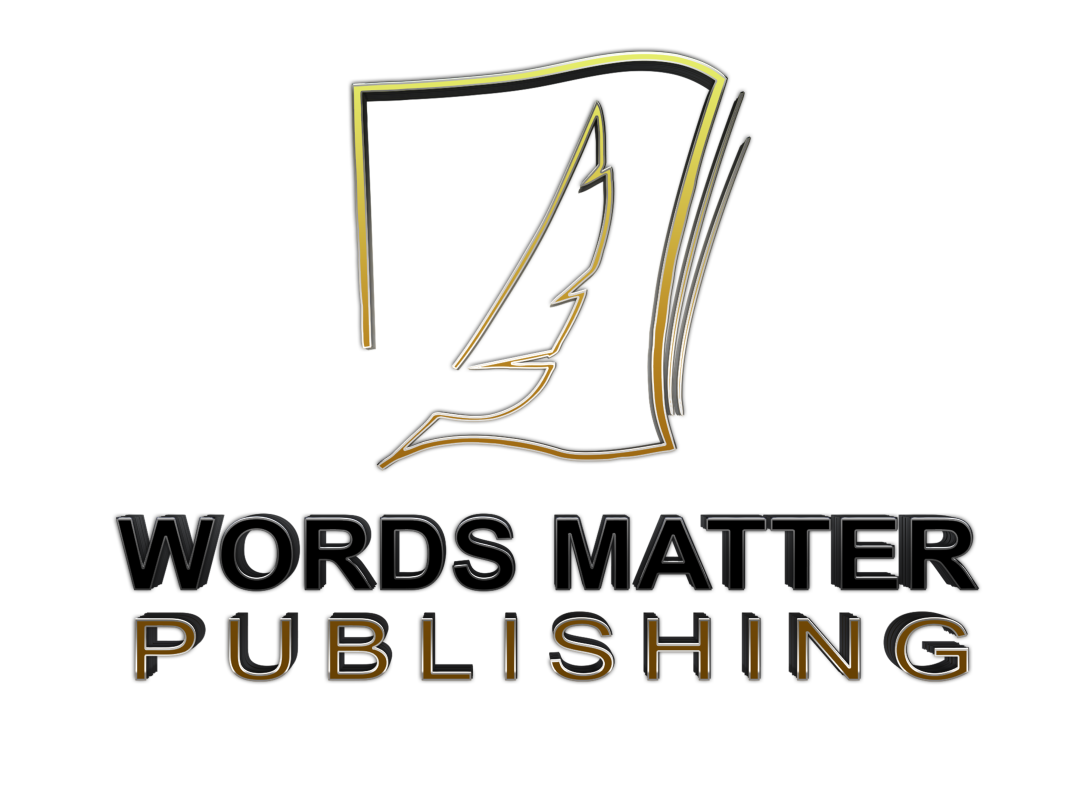Unlock the Power of Perspective to Strengthen Voice, Tension, and Reader Connection
One of the most important decisions you’ll make as a writer is who tells your story—and how they tell it. This choice goes beyond character. It shapes your entire narrative. It colors every scene, filters every event, and controls how close your readers feel to the action.
That’s the power of Point of View (POV).
But choosing the right POV can feel overwhelming, especially when there are so many options—and so many rules. In this guide, we’ll break down each major POV type, help you identify which one fits your story best, and show you how to use it with confidence and precision.
What Is Point of View?
Point of View is the lens through which the reader experiences the story. It determines:
- Whose thoughts we can hear
- What information is revealed (and what’s held back)
- How deeply we understand each character
Choosing the wrong POV can create distance, confusion, or even derail your entire plot. But the right POV? It’s like handing your reader a backstage pass to the most powerful emotional moments of your story.
The Four Major POVs Explained
- First-Person (“I”)
Example: “I walked into the room and immediately knew something was wrong.”
Strengths:
- Deep emotional intimacy
- Strong voice and personality
- Easy to connect with the narrator
Watch out for:
- Limited knowledge (narrator only knows what they see/feel)
- Risk of sounding repetitive or overly internal
Best for: Character-driven stories, coming-of-age, psychological fiction, memoir-style novels
- Second-Person (“You”)
Example: “You open the door. You feel the chill run down your spine.”
Strengths:
- Immersive and immediate
- Unique and experimental feel
Watch out for:
- Can feel gimmicky or alienating if not done well
- Readers may resist being placed in the character’s shoes
Best for: Experimental fiction, thrillers, interactive narratives, short stories
- Third-Person Limited (“He/She/They”)
Example: “She walked into the room, unsure if she was ready to face him.”
Strengths:
- Combines narrative control with character intimacy
- Allows for strong voice while managing pacing and tone
Watch out for:
- Head-hopping (jumping between character thoughts too quickly)
- Getting too distant from emotions if not handled with care
Best for: Most modern fiction, especially genre novels like romance, fantasy, and mystery
- Third-Person Omniscient
Example: “She entered the room, unaware that across town, her brother was already planning to leave.”
Strengths:
- God-like narrator who knows all thoughts, feelings, and events
- Great for epic stories with wide scope
Watch out for:
- Can feel distant or impersonal if not balanced
- Readers may struggle to emotionally connect if you jump perspectives too often
Best for: Historical fiction, epic fantasy, complex sagas
Choosing the Right POV: Ask Yourself…
- Whose story is this?
- How much does the reader need to know?
- How close should the reader feel to the protagonist?
- Is voice more important, or plot control?
Your answers will help guide your POV decision. Still unsure? Try writing the same scene in two different POVs and see which one feels more alive.
POV Mistakes to Avoid
❌ Head-Hopping
Switching between characters’ thoughts without clear breaks creates confusion and ruins immersion. Stick to one POV per scene (or better—per chapter).
❌ POV Drift
If you’re writing in third-person limited, don’t suddenly reveal what another character is thinking. Stay anchored in your chosen perspective.
❌ Flat Voice in First-Person
First-person should feel like a real person is talking—not a bland narrator. Let their personality shine.
Advanced POV Strategies
✨ Multiple POVs
Using more than one POV character can add depth—but requires discipline. Each POV must feel distinct, necessary, and well-paced.
✨ Unreliable Narrators
First-person is perfect for this. When the narrator lies, forgets, or withholds information, it adds mystery and emotional complexity.
✨ Deep POV
This is an advanced form of third-person limited that removes all filter words (“she thought,” “he realized”) to immerse readers directly into the character’s consciousness.
Example:
- Instead of: “She felt scared.”
- Try: “The hallway stretched endlessly. Every creak sent her heart racing.”
Exercise: Test Your POV
Take a scene—any scene. Write it three ways:
- In first-person (“I”)
- In third-person limited (“he/she”)
- In omniscient (narrator knows everything)
Notice what changes. Which version feels strongest? Most intimate? Most natural?
Final Thoughts: POV Is a Power Tool
There’s no “best” point of view—only the one that best serves your story. When chosen wisely and handled with care, POV becomes one of your most powerful tools for building connection, tension, and emotional resonance.
So step into your character’s shoes—or hover above them like a god. But whatever you do—own your perspective.
Because when the lens is clear, the story sings.


